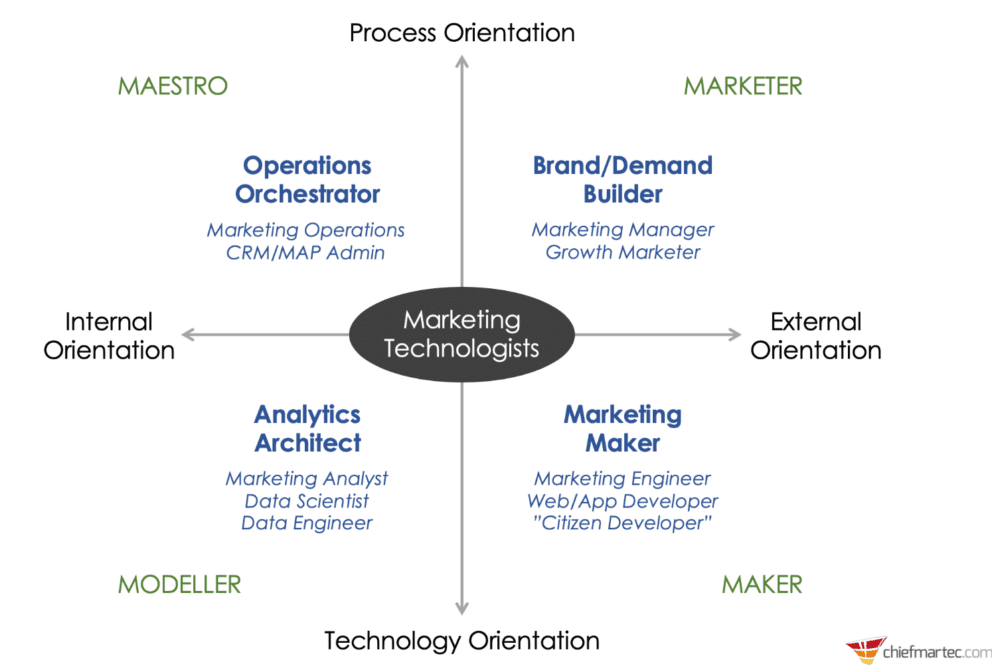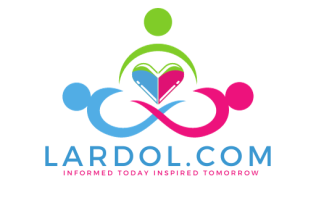By Sarah Threet, Marketing Consultant at Heinz Marketing
One of biggest struggles of CMO’s today is in the measurability of marketing efficiency and effectiveness – particularly, the ROI of different strategies, campaigns, and sources.
The average marketing org comprises of so many functions and so many people that it often leads to siloes of communication and data. These siloes make it difficult for teams to navigate complicated inter-team workflows, resulting in repetitive or missed work, stalling go-to-market efforts, and leading to reporting inconsistencies that affect how you can accurately report on ROI. Does this pain sound familiar?
An orchestrated marketing approach enables teams to execute quality campaigns through coordination of technologies, channels, data, and people through the planning to execution process. Alignment on strategy through all buyer touch points ensures consistent messaging that resonates with your audience throughout their journey. Compared to more conventional marketing techniques, marketing orchestration delivers a more tailored, cohesive, and customer-oriented strategy.
But wait, isn’t this just effectively the same as marketing operations? What’s the difference?
Marketing operations is in my professional background, and I have experience implementing orchestration – but a couple of years ago, I didn’t realize it came from a unique framework that was named differently from operations. So, let’s begin by defining the two…
Marketing Operations
Definition: an umbrella term that describes the people, processes, and technology that support and drive a business’s overall marketing strategy. It focuses on building a foundation for marketing efforts, system implementation, and goal achievement.
Marketing Orchestration
Definition: is a disciplined approach to managing marketing activities from planning to execution. It examines the inputs and outputs of campaign development and execution steps to drive cross-functional collaboration, improve agility and performance, and fulfill your market potential.
Key Differences
The two are complementary. The easiest way to think about how they differ is in their focus and purpose.
“Orchestration” is defined as the coordination and management of complex systems or activities to achieve a specific goal.
- The focus of orchestration is coordination and integration.
- The purpose of orchestration is to enable end-to-end management of the go-to-market process.
- Example: In marketing, orchestration would involve aligning various channels and tactics to deliver a cohesive message, and personalized customer experiences.
“Operations” is defined as the functioning or working of a system.
- The focus is on execution and efficiency.
- The purpose of operations is to provide an overarching scalable support system for all marketing activities.
- Example: In marketing, operations would involve the physical integration and management of channel and tactical data, ensuring the ongoing work of data flowing smoothly between systems.
To summarize their differences, orchestration is the strategic approach to governing coordinated execution, promoting agility, adaptability, and personalization, while operations is the foundation and infrastructure, ensuring the necessary tools are in place to integrate data from multiple sources and executing the individual actions within a process according to the defined approach.
Key Components
The key components for orchestration are the same as for operations – but orchestration takes it a layer deeper.
Components of Marketing Operations:
- People: Roles and responsibilities within the marketing operations team, including specialists in data analysis, technology, and process optimization.
- Processes: Workflow management and process optimization to streamline marketing activities.
- Technology: Tools and platforms that support marketing efforts, such as CRM systems, marketing automation software, and analytics tools.
Components Expanded for Marketing Orchestration:
You can dive further into the details of these components in my colleague’s post defining marketing orchestration and its importance.
- People: How do you approach people and role alignment? How do you communicate clear expectations of responsibility and accountability? An example of orchestration within People is defining and communicating who is responsible at each point in the planning to execution process. An orchestration tool for this is a RACI – learn more about this tool in my other blog.
- Processes: Orchestration develops the framework that operations would use to test, implement, optimize, and document new processes, as well as build and manage workflows in MarTech. Orchestration defines the approach for which operations gathers and uses feedback for optimization. Learn more about how to recognize when your marketing orchestration needs to improve.
- Technology: These are the tools that can be used to support and implement the process defined by orchestration. Orchestration also helps define the framework to technology buying, which includes evaluation of tool usage and integration needs and identification of silos. Learn more about tools and tech that support marketing orchestration.
Something interesting to note about the people in marketing orchestration is that unlike traditional MarOps roles like Project Manager and Data Analyst, an Ops Orchestrator (or “Maestro” as defined by ChiefMartec’s survey) predominately focuses their responsibilities on people and process rather than technology (exceptions being development and optimization of buying and integration processes). Compared to other roles in MarOps, the Ops Orchestrator is more internally oriented (serving stakeholders within the marketing org and higher) and process oriented over technology oriented.

It may be easy to confuse “marketing operations strategy” with “marketing orchestration”, but maybe the easiest way to differentiate is that the operations strategy would use orchestration’s approach to define the strategy. Leaning into the “orchestration” metaphor, orchestration is about the people working together in synchronicity. Operations sets up the concert hall, puts the chairs in place, and gets the audience there, and orchestration is all performers working in concert.
Integrating Orchestration into Operations
Effective orchestration will require ensuring that your MarTech stack is properly integrated for smooth communication, transparency, and ease of reporting. Orchestration should then align its approach with the business objectives.
Define Objectives and Goals
Establish clear and measurable objectives for each program and campaign. What are you trying to accomplish with this program or campaign? Use this guidance in functional execution, especially regarding tracking. Don’t allow your teams to get too caught in the weeds on implementation details before getting to testing the new process and/or tool.
Assess the Current State
With objectives and goals in mind, map and identify how your organization currently operates. Pinpoint gaps and challenges with teams, tools, and processes. Revisit your goals with these gaps and challenges in mind – how do they hinder your success, and what needs to change to remove that barrier? Use this to define your new workflow with key inputs/outputs, milestones, roles, and tools.
Some common pitfalls we see in this process:
- Overcomplication of design
- Difficulty defining function of each group
- Misalignment on goals and business objectives
- Process integrity – holding folks accountable to the process
- Disconnect between leadership and individual contributors
Focus on the process at hand – how do your teams interact within those processes, and what communications and outputs need to happen. Learn more about mapping your ecosystem and workflows.
Define Roles and Responsibilities
Interview teams to understand where there is confusion in responsibilities, overlapping roles, capacity issues, and bottlenecks. Define a framework or use a framework like EOS’s GWC (“Gets it, Wants it, Capacity for it”) to establish role expectations. Make this transparent through the use of a tool like a RACI. Learn more about whether the bottlenecks you keep hitting are related to your people or the process – or both.
You’ll also need someone who governs the model and is willing to go to the right people to ensure process integrity and accountability. This person is typically not someone with bias in the functional groups. Usually, they are a Project Manager. An orchestration role would work great as well.
Establish Primary Tools
To avoid siloes of communication and data, it is imperative that all teams use the same tools for planning through execution – apart from certain specialized tools (like graphic design). Operations and leadership need to have visibility of deliverable statuses, budget, and capacity to make agile decisions. Coordinating tools also eases collaboration between teams, providing strategic and operational insight for optimization, and ensuring consistency of messaging and experience for the prospect or customer.
Test and Optimize
Develop reporting cadences from a high strategic level down to the campaign level that includes operations so that they can make changes to the operational infrastructure and address any integration, reporting, and capacity issues.
Testing cycle length is going to depend on some factors, including how large your organization is. It might be better to test process changes on a project/campaign basis. Use the campaign as a testing benchmark and put together a team of contributors who are especially dedicated to improving the process to test it. When the campaign is complete, conduct a post-mortem to address what worked and what could be improved on. Make iterations and test on a larger scale. Having a group who is already committed to the change will aid the adoption of the change throughout the org.
Conclusion
Differentiating orchestration from operations is important in your journey to optimizing your go-to-market approach. By integrating the two, you will see improvement in your marketing efficiency and effectiveness.
There is no shame if you’re relatively new to naming “marketing orchestration” or if you didn’t understand how it differentiated from operations like myself. We regularly have clients who first learn about this approach in conversation with us when they learn that their pains can be addressed by improving marketing processes rather than just through new marketing strategies.
Take a look at the links in this blog for deeper and more detailed dives into implementing marketing orchestration in your organization or reach out for a free brainstorm.
The post Marketing Orchestration vs Marketing Operations appeared first on Heinz Marketing.







